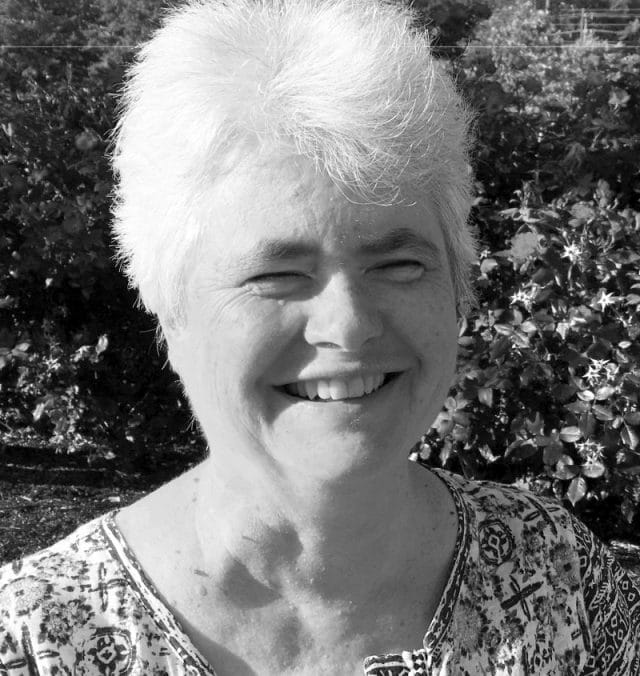
More Complementary & Integrative Healthcare Articles
Feldenkrais: Traveling To “Better Doing” By Way Of “Better Sensing”
What is the path to becoming more skillful? One approach is repetition, and that is certainly needed. Another strategy, and one that is characteristic of the Feldenkrais Method®, is to become more sensitive to what you are doing.
The Feldenkrais Method was created by Moshe Feldenkrais. He was born in the Ukraine in 1904 and died in Israel in 1984. In between he lived an adventuresome life, including developing the method that is named after him and training people, called Feldenkrais practitioners, to carry his approach forward.
Feldenkrais said, more than once: “If you know what you are doing, you can do what you want.”
At various times he also said the negative: “If you don’t know what you are doing, you cannot do what you want.” This form of the insight could sting. He could handle that.
By “knowing” Feldenkrais did not mean academic information, but kinesthetic awareness — the “feel” of yourself, whether in movement or at rest. There are so many physical variables to which one can be more sensitive. One of the most important is the sense of contact with the ground. Another is the awareness of your breath, the sense that it is not held, but flows. It is useful, also, to feel your spine, consciously. It is valuable to be present to how you use your eyes when you turn, to how much tension you use as you raise your arm, to whether you crease in the hip joint when you bend to pick up something. The horizon is very wide and widens with application.
A second kind of knowing is the awareness of choice. While the first group is tactile, this second is mental: “I could do this or that or the other, and I choose this one.”
On the subject of choice Moshe said: “Without learning to know ourselves as intimately as we possibly can, we limit our choice. Life is not very sweet without freedom of choice.”
In this second set of variables, the emphasis is on possibilities of action. There are different ways to reach, to roll over, to transition from standing to sitting and sitting to standing. By being more aware of the whole world of possibilities, each specific choice is richer.
Through the combination of greater physical sensitivity and greater awareness of choice, “doing” broadens and deepens.

















